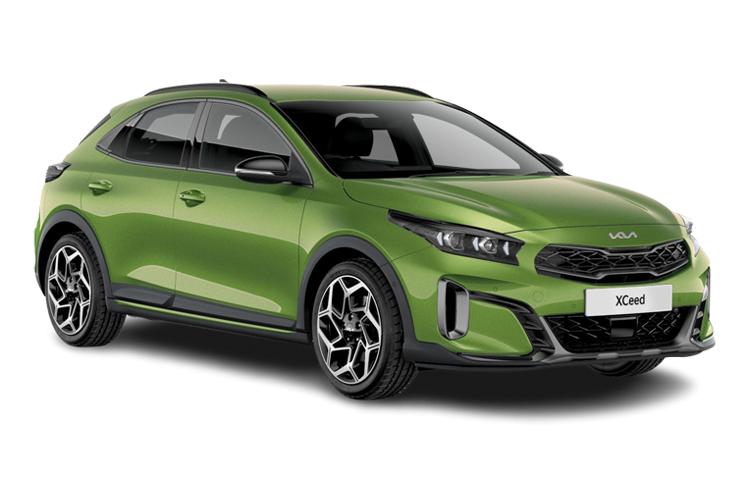




Selected Options:
CO:0.569
HC:0.043
HC+NOx:Not Available
Noise Level dB(A):66
NOx:0.028
Particles:0.0003
Standard Euro Emissions:EURO 6
WLTP - CO2 (g/km) - Comb:137
WLTP - CO2 (g/km) - Extra High:143
WLTP - CO2 (g/km) - High:124
WLTP - CO2 (g/km) - Low:166
WLTP - CO2 (g/km) - Medium:136
Camshaft:DOHC
Catalytic Convertor:Yes
CC:1482
Cylinder Layout:IN-LINE
Engine Layout:FRONT TRANSVERSE
Fuel Delivery:TURBO INJECTION
Gears:6 SPEED
Transmission:MANUAL
EC Directive 1999/100/EC Applies:No
WLTP - FC (l/100km) - Comb:6
WLTP - FC (l/100km) - Extra High:6.4
WLTP - FC (l/100km) - High:5.3
WLTP - FC (l/100km) - Low:7.1
WLTP - FC (l/100km) - Medium:5.8
WLTP - MPG - Comb:47
WLTP - MPG - Extra High:44.1
WLTP - MPG - High:53.3
WLTP - MPG - Low:39.8
WLTP - MPG - Medium:48.7
Alternative Fuel Qualifying:No
Badge Engine CC:1.5
Badge Power:158
Based On ID:Not Available
Coin Description:GDi
Coin Series:2
Generation Mark:3
Insurance Group 1 - 50 Effective January 07:17E
NCAP Adult Occupant Protection %:Not Available
NCAP Child Occupant Protection %:Not Available
NCAP Overall Rating - Effective February 09:Not Available
NCAP Pedestrian Protection %:Not Available
NCAP Safety Assist %:Not Available
Did at least one aspect of this vehicle's safety give cause for concern?:No
Service Interval Frequency - Months:12
Service Interval Mileage:10000
Special Edition:No
Special Order:No
Standard manufacturers warranty - Mileage:100000
Standard manufacturers warranty - Years:7
Timing Belt Interval Frequency - Months:Not Available
Timing Belt Interval Mileage:Not Available
Vehicle Homologation Class:M1
0 to 60 mph (secs):8.7
Engine Power - BHP:158
Engine Power - KW:118
Engine Power - RPM:5500
Engine Torque - LBS.FT:187
Engine Torque - MKG:25.8
Engine Torque - NM:253
Engine Torque - RPM:1500
Top Speed:129
Emissions Test Cycle:WLTP
RDE Certification Level:RDE 2
Alloys?:Yes
Space Saver?:No
Tyre Size Front:205/60 R16
Tyre Size Rear:205/60 R16
Tyre Size Spare:TYRE REPAIR KIT
Wheel Style:Not Available
Wheel Type:16" ALLOY
Height:1483
Height (including roof rails):Not Available
Length:4395
Wheelbase:2650
Width:1826
Width (including mirrors):Not Available
Fuel Tank Capacity (Litres):50
Gross Vehicle Weight:1840
Luggage Capacity (Seats Down):1378
Luggage Capacity (Seats Up):426
Max. Loading Weight:470
Max. Towing Weight - Braked:1410
Max. Towing Weight - Unbraked:600
Minimum Kerbweight:1370
No. of Seats:5
Turning Circle - Kerb to Kerb:10.4
Sign up to get the latest leasing advice and offers.
Kia
XCeed Hatchback
1.5T GDi ISG 2 5dr